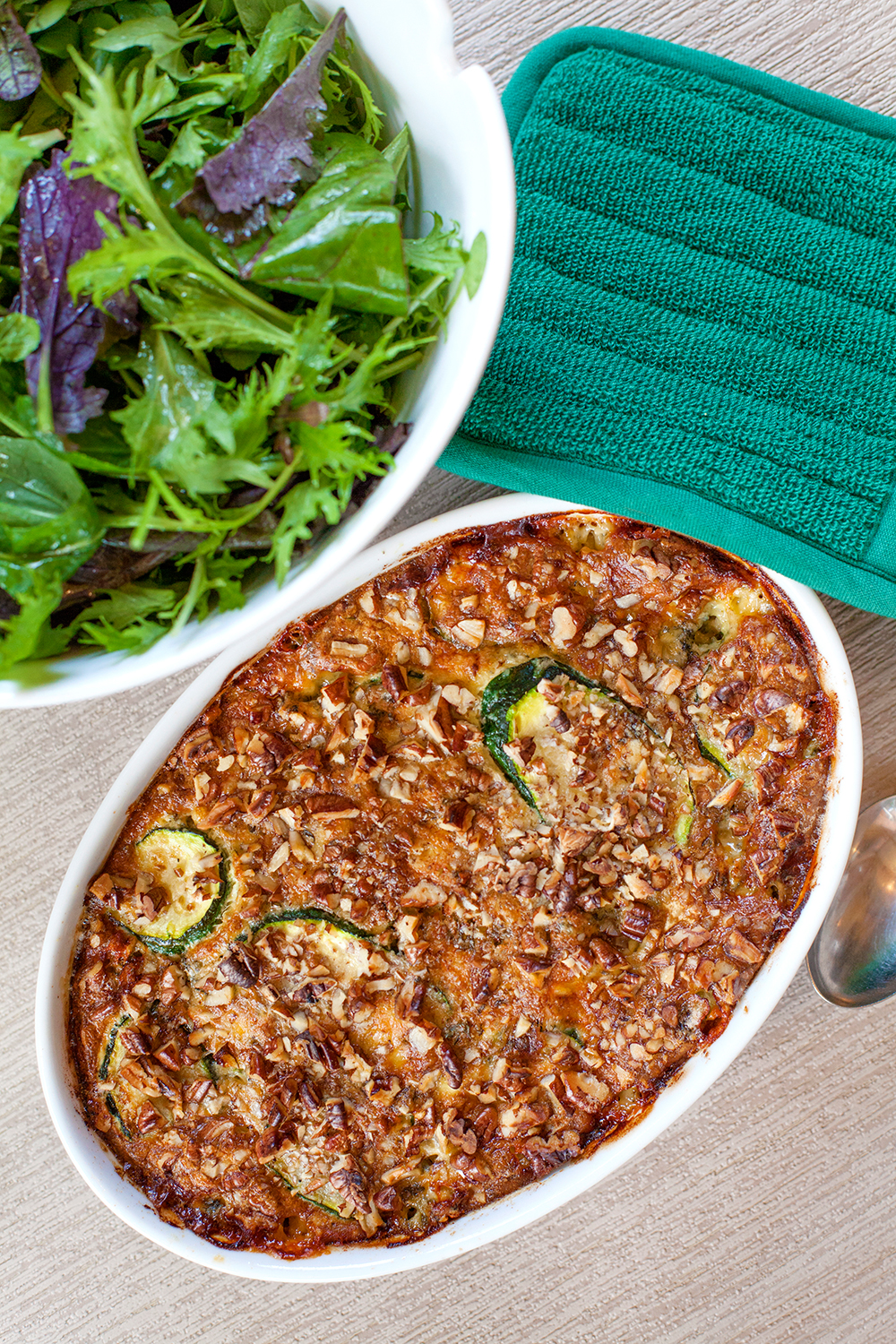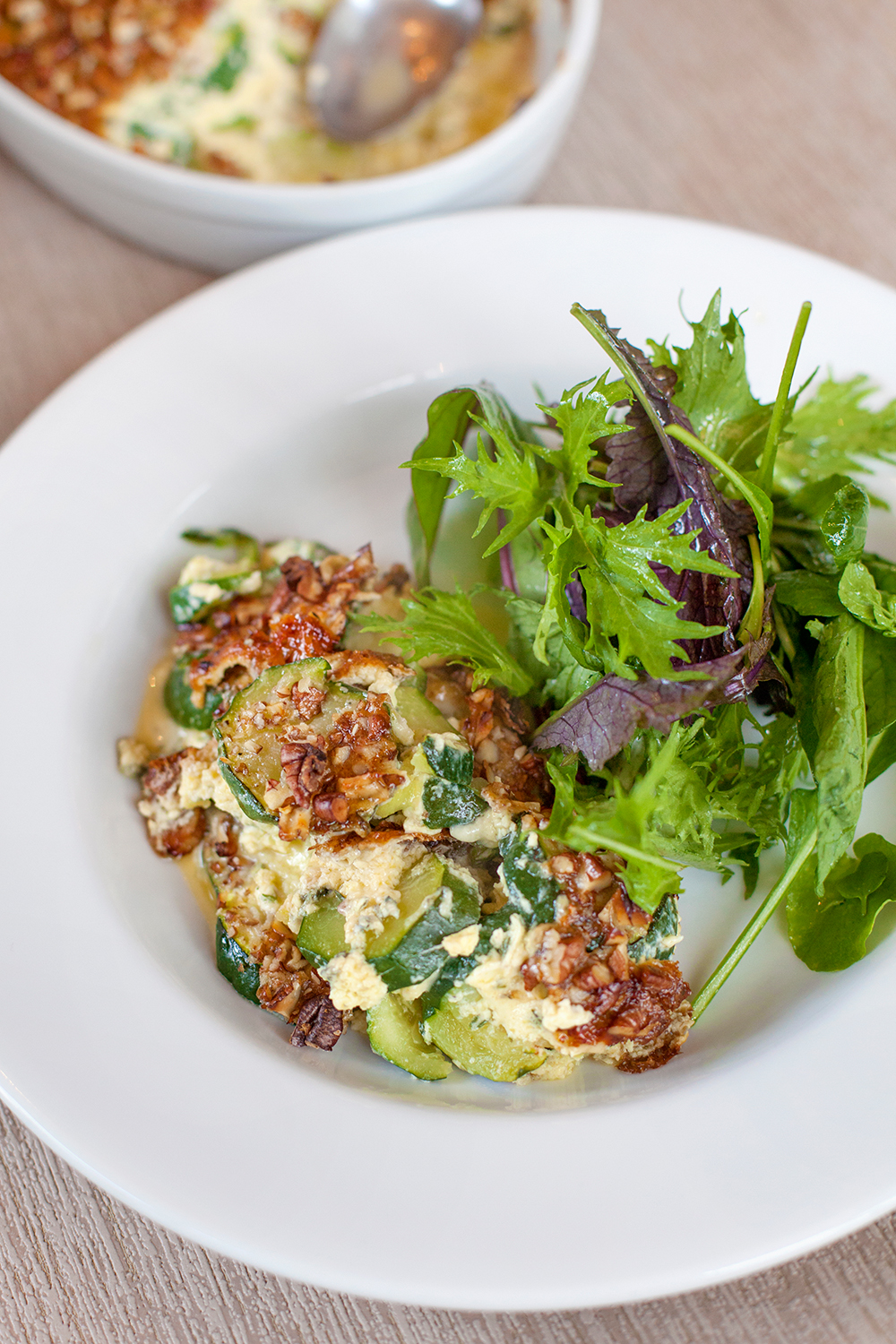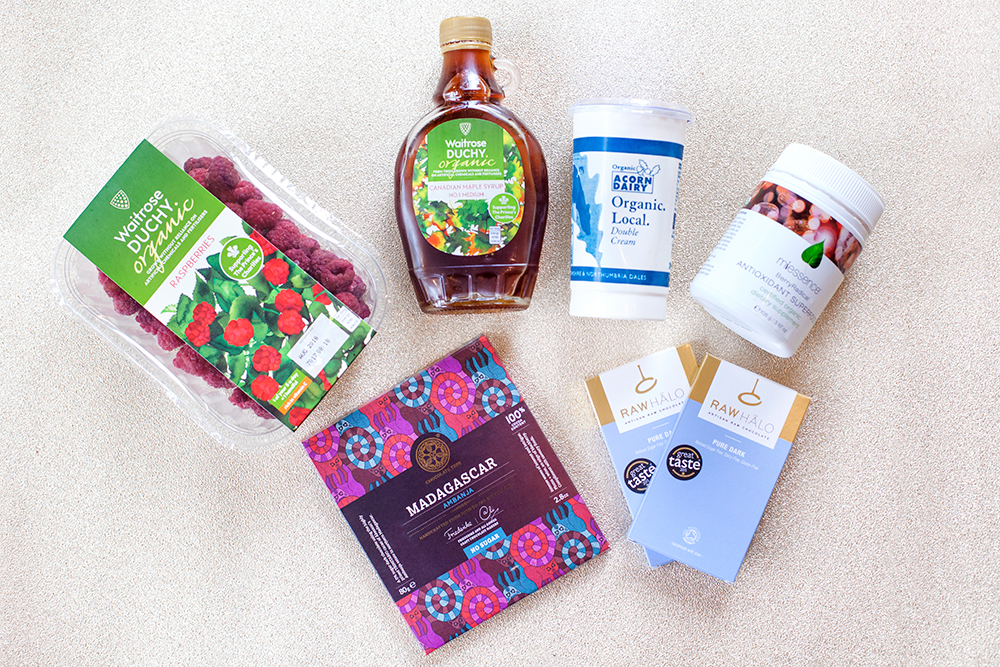Our lives are pretty hectic nowadays, so recently my focus has been on creating healthy meals that can quickly be pulled together after work. Although other commitments mean I’ve not been able to post as many recipes on this blog as I’d like, the beat goes on. You’d have to come to my home on a weekday to see that even when I barely have time to sneeze, I have dozens of fast and easy recipes (still yet to share) for nutritious meals that are easily prepared and cooked within an hour.
This past week I’ve been helping Sarah with Mirror Imaging meetings, collaborating on a designer catwalk and prosecco party for what promises to be the East Midland’s wedding event of the year, cooking real food every day (even if it’s just soup and sandwiches), creating new recipes, writing my blog, playing catch-up with my finances (not least with tenants threatening non payment of rent!) and spending many hours online researching yet another kitty-related health scare when my cat Sushi, now in her eighteenth year, stopped eating for 5 days. Turns out, she was suffering with a troublesome tooth. This is the fourth time in the past 2 years that our feisty feline has been spared the doom and gloom of a more serious prognosis and my heartfelt thanks goes to her brilliant, kind-hearted vet, who deftly removed the damn thing with minimum fuss and distress to both Sushi and I. When cats of more than 10 years old get ill, the spectre of chronic kidney disease (CKD) seems to continually rear its ugly head, so the offending tooth was pulled out without anaesthetic or pain relief. Sushi and I were very brave!
Because our puss-cat has always been afforded the status of a family member (in my view, you should never keep a pet if s/he isn’t) her needs are our highest priority. Caring for her when she’s in crisis takes a lot of time and loving dedication. It’s when you’re multi-tasking and knackered that easy-to-prepare food, which comforts and revives is a godsend. Courgette & Blue Stilton Gratin does the job perfectly. Simply serve with lightly dressed salad leaves for minimum effort.
Although this gratin does require a little forethought prior to making - you need to degorge the courgettes (sprinkle with salt to draw out their water content) for at least half-an-hour before assembling the dish - it’s a simple and quick meal for busy people to cook at the end of a working day. Unfortunately, you can’t skip the salting process because if you do, you’ll end up with curdled custard sat in a pool of excess liquid. Just breathe and pour yourself a glass of wine while you wait. Or do what I do when I’m working away from home…call your partner and ask them to do this part of the food prep ahead of time. If he remembers to open a bottle of red wine to let it breathe so I’m handed a glass the minute I walk through the door, it’s all good. It then only takes 10 minutes to assemble the dish and get it in the oven.
Cream, eggs and tangy blue cheese topped with crunchy toasted pecans is a luxurious, vegetarian, ketogenic meal that reminds me of Christmas. An all-in-one dish to include in your healthy eating repertoire at any time of the year - high in healthy grass-fed cream, butter and cheese makes food taste better and you feel more satisfied - it’s a shopper’s delight in the countdown to Christmas. It’s also an indulgent, low-carb, vegetarian main course to serve with traditional festive accompaniments for those of us that don’t want, or would like to take a break from, all the meaty fare on offer at Christmas.
Thankfully, 'meat-free' no longer applies to Sushi. With painful tooth extracted, she’ll be looking forward to chowing down on turkey!
Courgette & Blue Stilton Gratin (Serves 3)
Ingredients
3 medium-large (approx 600g) organic courgettes
200g organic blue stilton cheese
2 tbsp organic fresh thyme leaves
300ml organic double cream
Pinch of organic nutmeg, freshly grated
Organic black pepper, freshly ground
50g organic pecan nuts, roughly chopped
Instructions
Wash, trim and dry the courgettes. Using a sharp knife or mandolin, slice the courgettes diagonally into 6-8 mm thick ovals. Season with salt and leave them in a sieve or colander set over a bowl, to remove excess water (i.e. degorge) for 30 minutes to 1 hour.
Whilst the courgettes are degorging, cut the Stilton cheese into small cubes. Set aside. Put the thyme leaves and chopped pecans into two separate bowls.
Place the eggs, double cream, grated nutmeg and pepper into a large jug and lightly whisk until combined. You can add a pinch of salt, but season cautiously because the cheese will already be quite salty.
Pre-heat the oven to 200℃ / 400℉ / Gas mark 6
Dry the courgette slices thoroughly between two clean tea towels and/or dab them dry with paper kitchen roll.
Lay one-third of the courgette slices evenly in the base of an ovenproof (gratin) dish. Add one-third of the cheese, dotting it around the dish. Sprinkle over half the thyme leaves.
Repeat with a second layer of courgette slices, cheese and thyme leaves, then finish with a third layer of courgettes and finally the remaining cheese.
Give the egg mixture a quick stir and pour evenly into the dish. Scatter over the chopped pecans.
Cook in the oven for 35 minutes until the egg custard is set.
Remove from the oven and let the gratin stand for 5 minutes before serving.
Fat 96g Protein 30g Carbohydrate 7g





































































